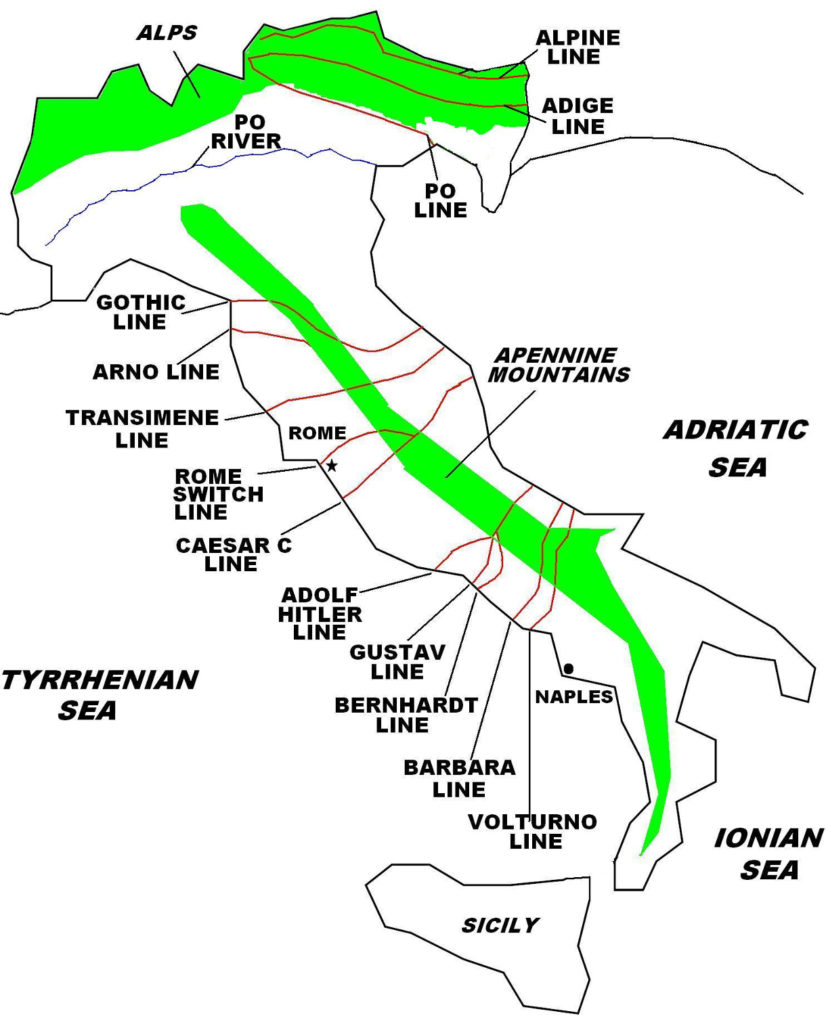On June 4, 1944, U.S. forces entered Rome unopposed after the city had been vacated by the Germans. Adolf Hitler, who ordered the retreat, balked at another Stalingrad-type attrition battle in the Italian capital. Rome, which had been declared an “open city” and thus undefended, also had been subject to constant Allied air bombardment.

Background On May 19, 1944, a concentrated Allied offensive combining U.S. 5th and British 8th Armies finally breached the Gustav Line and the Monte Cassino hilltop was captured, forcing German 10th Army to fall back. Just days later, May 23, U.S. VI Corps at Anzio broke out from the beaches and advanced northwest toward Rome, instead of attacking northeast for Valmontone to cut off German 10th Army, as planned. This change in direction was ordered by General Clark, U.S. 5th Army commander, who probably wanted his forces, not the British, to capture Rome, which was in defiance of orders from his superior, General Alexander, chief of all Allied troops in Italy. As a result, the Allies failed to encircle German 10th Army at the Gustav Line. German 10th Army escaped and, together with German 14th Army from Anzio, soon established new positions in northern Italy. The Allied planning had also placed Rome inside the American sector, and not the British; instead, the latter were tasked to bypass Rome and pursue the retreating Germans.
On May 23, 1944, the Allies broke through the last of the three Winter Line positions, the Senger Line (renamed from Adolf Hitler Line). Meanwhile, elements of U.S. VI Corps advancing on Rome were stalled by strong German resistance at the Caesar C Line, but exploited a gap and broke through on June 2, 1944. American units entered Rome unopposed on June 4, 1944, which had been vacated by the Germans on orders by Hitler, who balked at another Stalingrad-type attrition battle in the Italian capital. Rome, which had been declared an “open city” and thus undefended, also had been subject to constant Allied air bombardment. The glory attached to capturing Rome, which had predominated throughout the Allied campaign, was upstaged just two days later, June 6, 1944, when the Allies launched the much more strategically important Operation Overlord, beginning with the amphibious landings on Normandy aimed at the re-conquest of France and occupied Western Europe, and ultimately the defeat of Germany.
